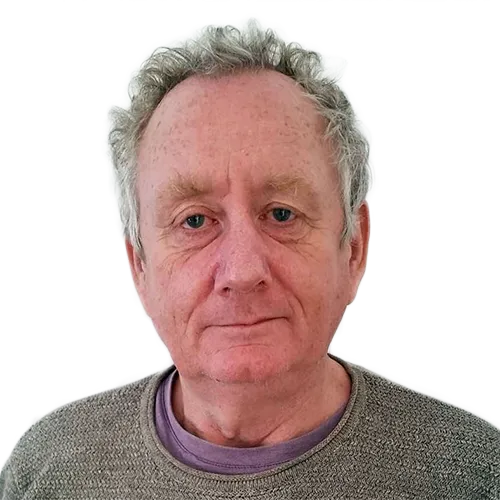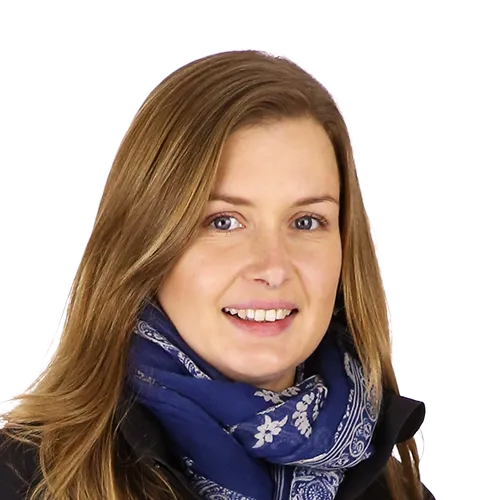Citation

Abstract
Background
Migratory birds generally have tightly scheduled annual cycles, in which delays can have carry-over effects on the timing of later events, ultimately impacting reproductive output. Whether temporal carry-over effects are more pronounced among migrations over larger distances, with tighter schedules, is a largely unexplored question.
Methods
We tracked individual Arctic Skuas Stercorarius parasiticus, a long-distance migratory seabird, from eight breeding populations between Greenland and Siberia using light-level geolocators. We tested whether migration schedules among breeding populations differ as a function of their use of seven widely divergent wintering areasacross the Atlantic Ocean, Mediterranean Sea and Indian Ocean.
Results
Breeding at higher latitudes led not only to later reproduction and migration, but also faster spring migration and shorter time between return to the breeding area and clutch initiation. Wintering area was consistent within indi viduals among years; and more distant areas were associated with more time spent on migration and less time in the wintering areas. Skuas adjusted the period spent in the wintering area, regardless of migration distance, which buffered the variation in timing of autumn migration. Choice of wintering area had only minor effects on timing of return at the breeding area and timing of breeding and these effects were not consistent between breeding populations.
Conclusion
The lack of a consistent effect of wintering area on timing of return between breeding areas indicates that individuals synchronize their arrival with others in their population despite extensive individual differences in migration strategies.
RvB (Slettnes) by the Netherlands Organisation for Scientific Research (project 866.13.005), BM and SAH and (Svalbard & Brensholmen) by the Fram Center flagship “Climate Change in Fjord and Coast” (Grant 2019147470 1152018), the County Governor of Troms and the County Governor of Finnmark, KS and SH (Faroe Islands) by the Faroese Research Council and the National Museum of the Faroe Islands, OG and Loïc Bollache (Hochstetter) by the French Polar Institute-IPEV (Grant Interactions-1036) and the Agence Nationale de la Recherche (programs ILETOP ANR-16-CE34-0005 and PACS ANR-21-CE02-0024), DE (Erkuta) by the terrestrial flagship of the Fram Center (project Yamal EcoSystem 362259), LH, SH and JC (Scotland) by a donor programme managed by David Agombar, EM, KN and MS (Finland) by the Kone Foundation (application 28-1235), the Finnish Cultural Foundation (Grant to EM) and the ERC Grant nr 669609 (EM), GTH, SRV and YK (Iceland) by the University of Iceland Research Fund (Grant to GTH) and by the Southwest Iceland Nature Research Centre. BTO work on this project was funded by a donor programme, managed by David Agombar.


